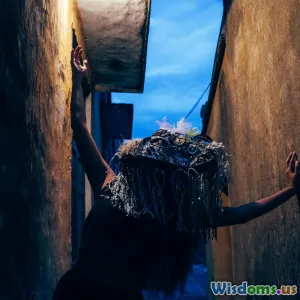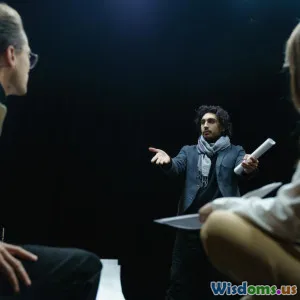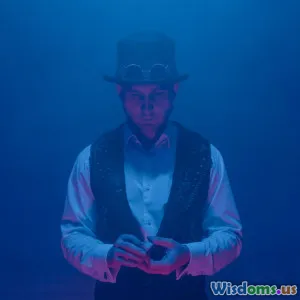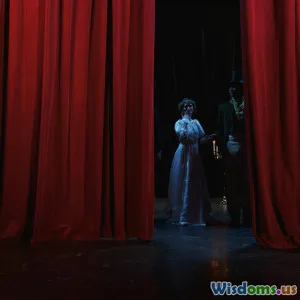
Exploring Ancient Theatrical Magic
5 min read Dive into the world of ancient theatrical magic and uncover its secrets and influence on modern performance art. (0 Reviews)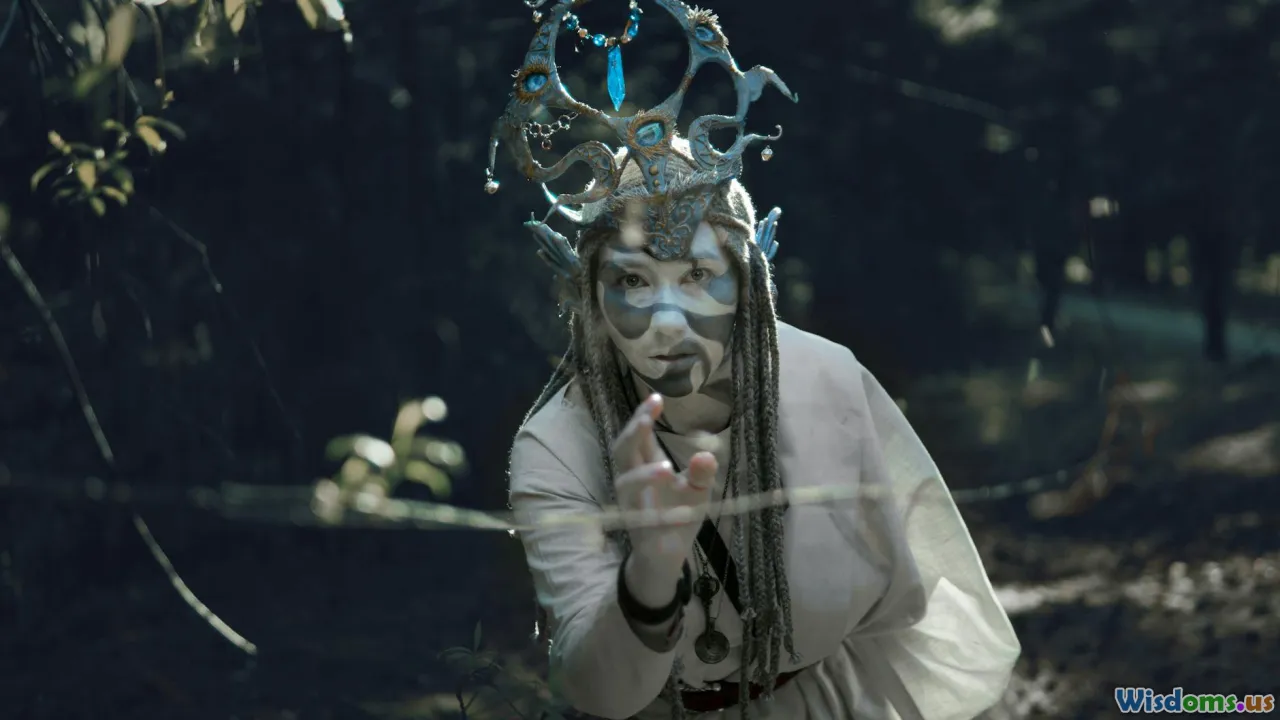
Exploring Ancient Theatrical Magic
Magic has captivated audiences for centuries, intertwining with the art of performance. From the grand theaters of ancient Greece to the intimate stages of Roman amphitheaters, theatrical magic has played a critical role in shaping the landscape of entertainment. This article delves into the fascinating world of ancient theatrical magic, exploring its origins, techniques, and lasting impact on modern performance arts.
The Origins of Theatrical Magic
The roots of theatrical magic can be traced back to ancient civilizations where storytelling, ritual, and performance intertwined. In ancient Egypt, magicians were revered as healers and priests, using their skills to perform rituals that invoked the gods. These early performances often included elements of illusion, such as sleight of hand and the manipulation of objects, which laid the groundwork for theatrical magic.
In ancient Greece, performances evolved with the introduction of drama and theater. The Greeks used masks, costumes, and stage effects to create illusions that enhanced the narrative. The famous playwrights of the time, such as Aeschylus and Sophocles, incorporated elements of magic into their works, engaging audiences with supernatural occurrences that seemed to transcend reality.
Techniques of Ancient Magicians
Ancient magicians employed a variety of techniques to create illusions that astonished viewers. Some of the most notable techniques included:
- Sleight of Hand: This technique involved manipulating objects with dexterity and skill, often making it appear as though objects disappeared or transformed.
- Illusions and Props: Ancient magicians utilized props such as mirrors, trap doors, and hidden compartments to create the illusion of magical transformations.
- Ritualistic Performance: Many performances were steeped in ritual, using symbolism and sacred objects to create a sense of wonder and reverence.
- Storytelling: The art of storytelling was critical, as magicians wove narratives that captivated audiences, making the magical elements feel more impactful.
Influence on Modern Performance
The influence of ancient theatrical magic is still evident in modern performances. Many contemporary magicians and illusionists draw inspiration from ancient techniques. For instance, renowned magician David Copperfield's performances often incorporate grand illusions that echo the theatricality of ancient rituals. Similarly, the use of storytelling in modern magic shows can be traced back to the narrative techniques employed by ancient performers.
Furthermore, the principles of stagecraft developed in ancient theater, such as lighting and sound effects, have evolved into sophisticated technologies that enhance the theatrical experience today. Modern productions often use projection mapping and elaborate set designs to create stunning visual illusions that captivate audiences, harking back to the tradition of creating awe through visual spectacle.
Conclusion
Exploring ancient theatrical magic reveals a rich tapestry of history that has shaped the art of performance. The techniques and storytelling traditions established by ancient magicians continue to influence contemporary magic and theater. As we engage with performances today, it’s worth remembering the roots of this enchanting art form and the ancient practitioners who laid the groundwork for the magic we experience in modern entertainment. The legacy of ancient theatrical magic lives on, reminding us of the power of illusion and the enduring enchantment of performance.
Rate the Post
User Reviews
Popular Posts










